Synopsis
Spec references J248: C4.1f J250: C4.1e. A demonstration of the thermite displacement reaction is provided, including the reaction's history and an urban legend about its use to thaw a frozen river.
- Programme: Short Circuit
- Series: Chemistry, Biology And Physics
- Episode: Programmes 1-3
- Channel: BBC Two
- Broadcast year: 2000
-
Chemistry (J248): C4.1f
Combined Science (J250): C4.1e
Licence: ERA Licence required
UK only
Staff and students of licensed education establishments only
Cannot be adapted
Add Notes
More clips from Short Circuit

Aluminium | Short Circuit
Aluminium | Short Circuit
Bringing chemistry, physics and biology to life using real-life examples, 3D graphics and practical experiments.

Ammonia | Short Circuit
Ammonia | Short Circuit
Bringing chemistry, physics and biology to life using real-life examples, 3D graphics and practical experiments.

Oxidation | Short Circuit
Oxidation | Short Circuit
The clip begins by exploring the factors that cause iron to rust, leading into a discussion of oxidation in terms of electron loss.

Redox reactions | Short Circuit
Redox reactions | Short Circuit
Bringing chemistry, physics and biology to life using real-life examples, 3D graphics and practical experiments.

Uses of Transition Metals | Short Circuit
Uses of Transition Metals | Short Circuit
An extra-curricular link is made to transition metals, with an explanation of how metal oxides are used to produce stained glass. T...
More resources about Chemistry

2: The Order of the Elements | Chemistry: A Volatile History
2: The Order of the Elements | Chemistry: A Volatile History
Professor Jim Al-Khalili looks at how the early scientists' bid to decode the order of the elements was driven b...

1: Discovering the Elements | Chemistry: A Volatile History
1: Discovering the Elements | Chemistry: A Volatile History
The story of how the elements were discovered and mapped begins with the alchemists who questioned that the world...
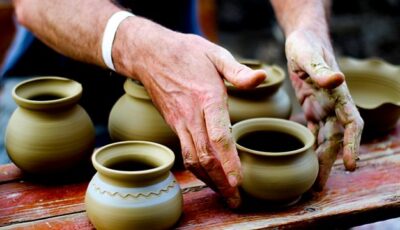
Ceramics | How It Works
Ceramics | How It Works
Professor Mark Miodownik looks at how simple clay, sand and rock can be changed into pottery, glass and concrete to build cities and transform the wa...
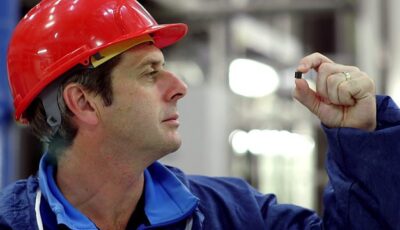
Episode 3 | Planet Oil: The Treasure That Conquered The World
Episode 3 | Planet Oil: The Treasure That Conquered The World
Professor Iain Stewart examines the situation in the 21st century, at which point the global consumption of oil...

Carbon capture and storage | Planet Oil: The Treasure That Conquered the World
Carbon capture and storage | Planet Oil: The Treasure That Conquered the World
Professor Iain Stewart investigates CCS, a process that is attempting to reduce carbon dioxide...
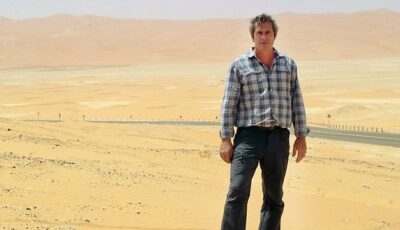
Episode 1 | Planet Oil: The Treasure That Conquered The World
Episode 1 | Planet Oil: The Treasure That Conquered The World
From the moment we first drilled for oil, we opened a Pandora's box that changed the world forever. It transfor...

Metal | How It Works
Metal | How It Works
Mark Miodownik traces the history of our love affair with metal. He investigates metals at the atomic level and sees how metal crystals can be grown to ...

Periodic Table Overview | Chemistry: A Volatile History
Periodic Table Overview | Chemistry: A Volatile History
Spec references J248: C2.2i J250: C2.2i. A quick recap of how the periodic table is arranged including groups, period...
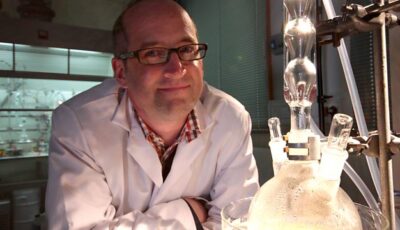
Plastic | How It Works
Plastic | How It Works
Mark Miodownik shows how plastics have brought luxury to the masses and reveals how the next generation will take its inspiration from nature and coul...

Types of Compounds | Curriculum Bites
Types of Compounds | Curriculum Bites
Spec references J248: C2.2h J250: C2.2h. An introduction to how elements react to form ionic and covalent compounds, with reference to ...

3: The Power of the Elements | Chemistry: A Volatile History
3: The Power of the Elements | Chemistry: A Volatile History
Jim Al-Khalili reveals the breakthroughs which harnessed elements' ability to release vast power, showing how sc...

Climate refugees | Black Black Oil
Climate refugees | Black Black Oil
Hundreds of millions of people are expected to migrate from their countries by 2050 due to rising sea levels.
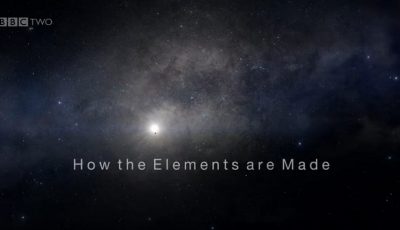
How are elements made? | Wonders of the Universe
How are elements made? | Wonders of the Universe
Brian Cox explains what elements are and how they are formed, including the importance of carbon.

Periodic Table | Short Circuit
Periodic Table | Short Circuit
Bringing chemistry, physics and biology to life using real-life examples, 3D graphics and practical experiments.

Production of Plastic from Crude Oil | Real World Chemistry
Production of Plastic from Crude Oil | Real World Chemistry
Spec references J248: C6.2m, C6.2n, C6.2o J250: C6.1k, C6.1l, C6.1m. This clip demonstrates how plastic is produc...

Sustainable cities | Planet Oil: The Treasure That Conquered the World
Sustainable cities | Planet Oil: The Treasure That Conquered the World
Professor Iain Stewart visits Masdar in Abu Dhabi, a city that relies on renewable energy.

Biological Catalysts | Science Topics
Biological Catalysts | Science Topics
The video provides examples of biological catalysis, such as enzyme use in cheese production and human digestion, followed by an explan...

Carbon dioxide and climate change | Royal Institution Christmas Lectures
Carbon dioxide and climate change | Royal Institution Christmas Lectures
Dr Tara Shine demonstrates how increased burning of fossil fuels since the industrial revolution pro...
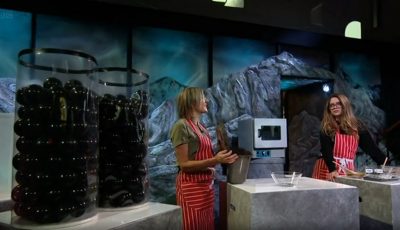
Carbon footprint of a loaf of bread | Royal Institution Christmas Lectures
Carbon footprint of a loaf of bread | Royal Institution Christmas Lectures
Dr Tara Shine discusses the carbon emissions from the process of baking a loaf of bread.
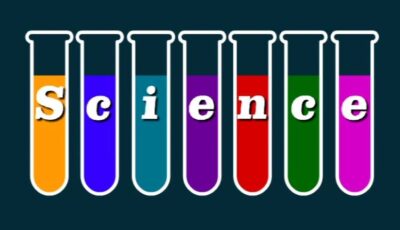
Chemical calculations | GCSE Bitesize Revision
Chemical calculations | GCSE Bitesize Revision
This video provides an overview of how the masses of subatomic particles are used to calculate atomic masses. It then explains...
